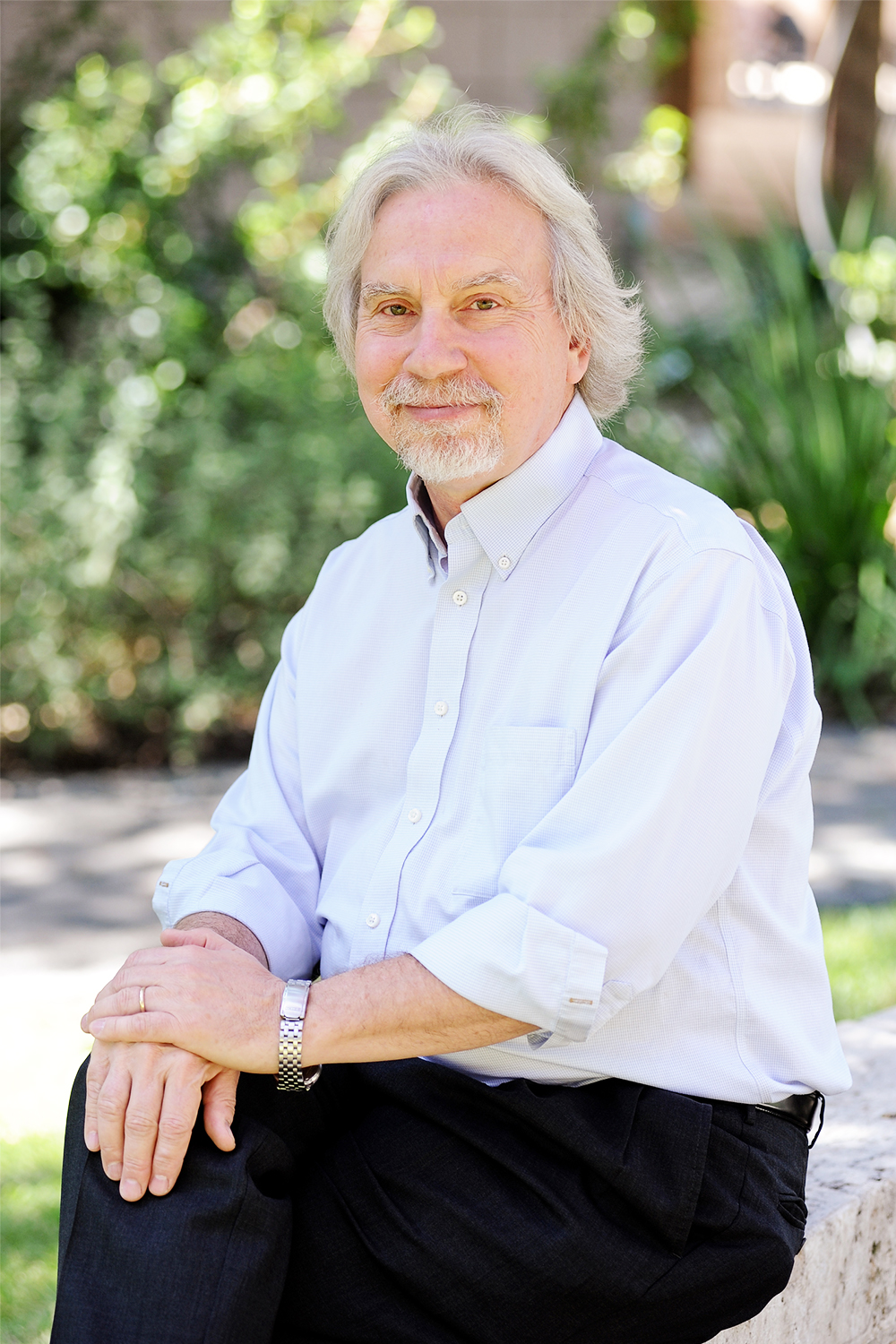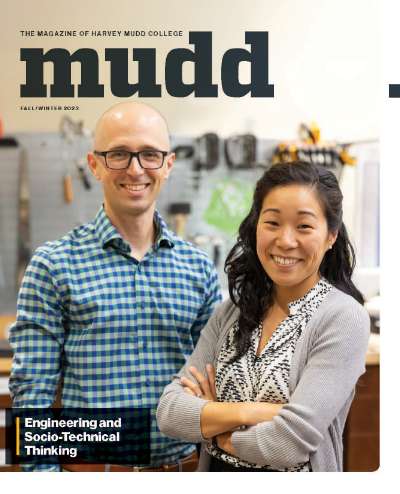NSF Funds Engineering Education Research
October 18, 2017
Clean energy, clean water, food security, economic development, global health. These are just a few of the “grand challenges” (as they are called by national engineering leadership) facing the engineering and engineering education community. Recognizing that an interdisciplinary approach to these issues may be the best way to a solution, the community has begun to ask itself some questions about how it recruits, develops and supports the kind of highly skilled people it needs for the work ahead.
Patrick Little, J. Stanley and Mary Wig Johnson Professor of Engineering and Chair of the Faculty, hopes to find some answers. Little, along with a co-investigator and a faculty associate from University of California, Davis, will oversee “EAGER: Using Human-Centered Design to Conceptualize and Prototype Ways to Increase Graduate Student Engagement with Transformative Research,” a project recently funded by the National Science Foundation (NSF).
The question Little hopes to answer is whether the engineering community is attracting and admitting students who are committed to undertaking transformative research to solve these large problems, and if not, why not? “Similarly,” says Little, “if we are not fully recruiting the best pool of potential researchers, how might we do so?”
Little is interested in exploring the intersection of technology and art or creativity and suspects that people who find themselves in that space may not choose to pursue a graduate degree in engineering. “Engineering graduate schools often don’t get the student who is interested in very large problems or grand challenges. Addressing those problems will require a very high level of creativity,” he says. “We’re looking for ways to turn engineering graduate school into a transformative experience.”
The project has only just begun, and the first of its two years will be spent researching and gathering data. But Little is encouraged by the success he’s seen in other programs that integrate technology and creativity, citing a joint material science and sculpture course that Harvey Mudd and Pitzer College offered in spring 2016 as an example. “There’s no one discipline that’s going to solve the really big and important problems we face,” he says. “That will take people who can go deeply into these things with both an understanding of the science and a broad foundation of the issues.”
Given his own background, Little seems like the right person for this project. He earned a bachelor’s degree in philosophy, a master’s degree in transportation, worked in the rail industry and then earned his doctorate in civil engineering. He’s also in the right place: “Being at Mudd gives you the privilege of being able to ask a question like this, and it’s taken seriously because of the respect the school has,” he says. “Our interdisciplinary engineering program makes it so that when I talk about the virtues of crossing disciplines, people know that we do that. They don’t think it’s just imaginary. It’s part of what we teach our students.”
As part of their research, Little and his colleagues will interview Harvey Mudd students and alumni as well as students from other institutions to determine what issues might cause a highly qualified student to bypass engineering graduate school. In the project’s second year, the team will look to reimagine the graduate engineering experience, creating and testing prototypes for new courses and programs.
The NSF awarded $291,678 to the College for this project, which concludes in August, 2019. NSF grants are the largest share of external support for faculty research at HMC.
Little is scheduled to retire from the College when the project ends and says he’s happy to be involved in this work at this time. “It’s a wonderful thing to have happen near the end of my career, to have these pieces come together in a way that would be difficult if I were anywhere else.”
